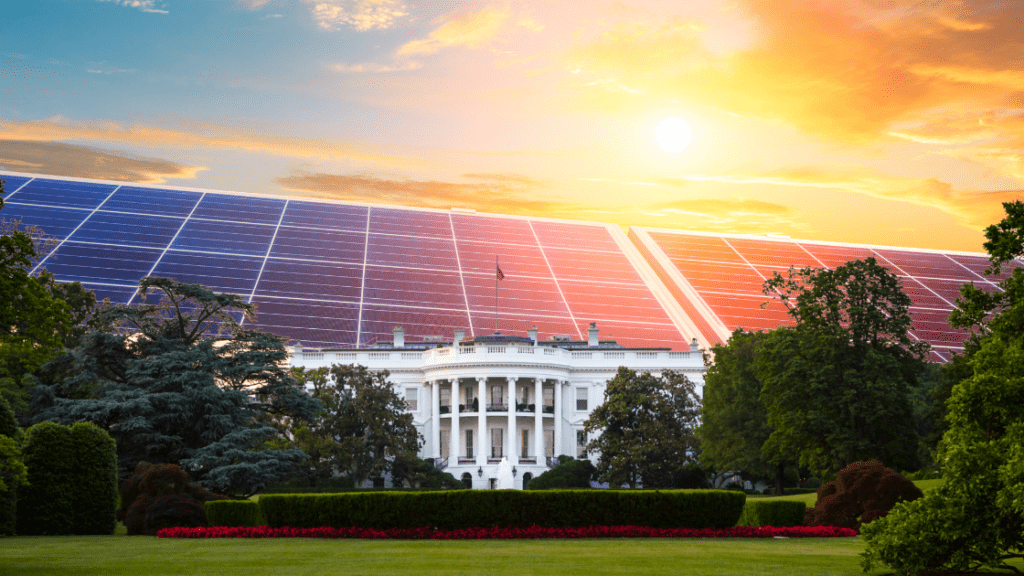WASHINGTON — The Coalition for a Prosperous America (CPA) today released a statement after LG Electronics Inc. announced it was exiting the global solar panel business, a decision that will impact 160 employees and roughly 60 contract workers at LG’s corporate campus in Huntsville, Alabama, where the company has been assembling solar panels since 2018. LG’s decision comes just weeks after the Biden administration gutted the Section 201 solar safeguard tariffs — a move that Bank of America bluntly called out as rendering the tariffs “largely toothless.”
“When President Biden gutted the 201 solar safeguard tariffs, we warned that it would result in factory closures in the U.S., the loss of American jobs, and at least 10 GW of planned manufacturing capacity would likely be canceled,” said Zach Mottl, Chairman of CPA. “Unfortunately, less than three weeks later, we are now seeing the consequences of President Biden’s disastrous decision. China sympathizers may believe that gutting the 201 solar tariffs would not affect the U.S. solar manufacturing industry as long as Congress supports domestic producers. This is flat out wrong. Without trade remedies to level the playing field for U.S. solar manufacturers that are competing against heavily subsidized Chinese companies, it won’t matter if Congress passes a domestic tax credit for American producers.”
Earlier this month, CPA heavily criticized the Biden administration’s decision to exclude bifacial solar panels in its extension of the Section 201 solar safeguard tariffs. The decision was an outright rejection of the U.S. International Trade Commission’s (ITC) unanimous and bipartisan recommendation that the 201 tariffs should be extended and include bifacial solar products. Last month, CPA outlined why this type of 201 extension would decimate U.S. solar manufacturers.
Last year, CPA released a white paper that documents the fact that the Section 201 solar tariffs have had no negative impact on the U.S. market for solar energy installations, which grew 43% in 2020. Solar installations are set to be more than 50% greater than they were expected to be prior to the implementation of the 201 tariffs in 2017. Importantly, several U.S. solar module manufacturers have ramped up production substantially in the last three years under the stimulus of the Section 201 safeguard tariffs on solar module imports, leading U.S producers to achieve a 10-year high in market share of 19.8% in 2019.













